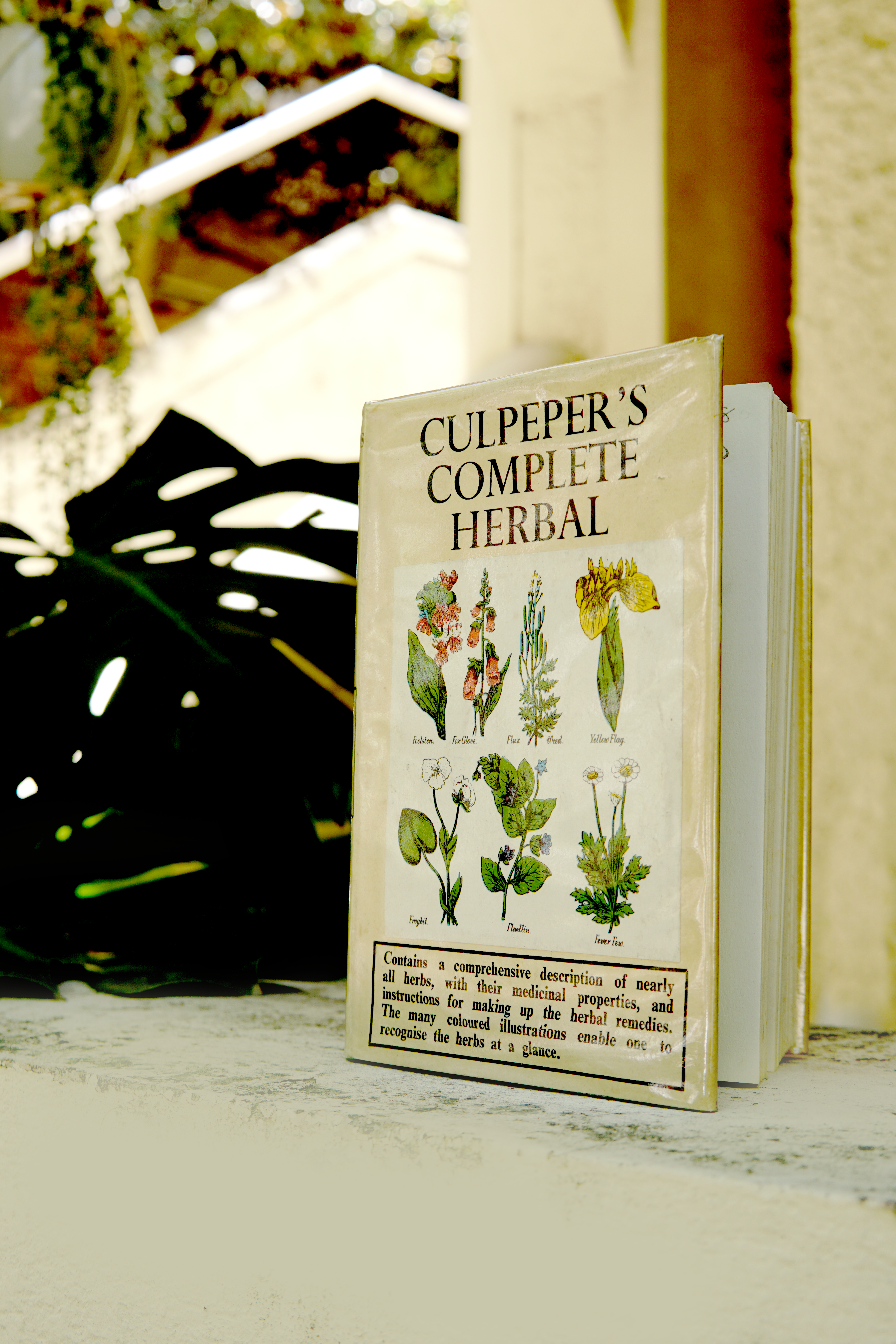The collection can viewed at Leonie House, Elwood
Swing by for a visit, or leave us a message:

Each item in this collection has a fascinating history of healing and symbology.
This guide will explore the intoxicating incense of Ancient Egypt,
the sage burning rituals of Native Americans, the meditative sound of the Tibetan
singing bowls and other healing tools from the bygone era.
The practice of using plants for medicinal purposes is traditional in many cultures.
In India for example, Ashwaghandha is a remedial herb prescribed as a nerve tonic and an aphrodesiac.
If used topically it can also treat mild infections like boils and ulcers.
The ancient Egyptians harnessed the healing power of
flowers and perfected the art of aromatherapy.
High priestesses built laboratories to distil flowers
and obtain aromatic essential oils which they would
blend to create medicinal forumlas that
treated a variety of ailments.
René-Maurice Gattefosse, a 19th century
French chemist coined the term
'Aromathérapie' after discovering the healing
properties of Lavender when he severly
burned his hand in his laboratory. He is
known as the Father of Aromatherapy despite
the Egyptians and Australian Aboriginals
using flower essences for centuries.
The ancient sound healing practice of the
Tibetan singing bowls invoke irresistable
intrigue. The vibrational sounds that emit
from the water bowl assist meditation
awakening mind, body, and soul through their rich
audible tones and invisible frequencies.
Smudging is an indigenous purification ceremony
practiced by Native Americans to clear negativity
and bad spirits. The bundle comprises of white sage,
sweetgrass, cedar and sometimes even tobacco.
Each plant represents the teachings of the Medicine Wheel
and represents north, south, east and west.
Lavender is an all-purpose herb.
Place it on your pillow to alleviate insomnia,
add it to your washing as a linen perfume,
and hang a bunch of lavender in your house to deter flies
and mosquitos. Lavender can also treat headaches,
stress and digestive issues.
Stones and crystals have been used by the Ancient Egyptians
doctors of the Renaissance period, Greek sailors during war and by Chinese emperors.
The crystals are traditionally used for protection,
strength and healing.
Incense has been used since antiquity
as a religous practice and for everyday purposes.
Various fragrant woods, resins, herbs, and oils are
burned to release an intoxicating fragrance that
can be used in meditation, to vanquish odors,
and for religious ceremonies.
Swing by for a visit, or leave us a message:
